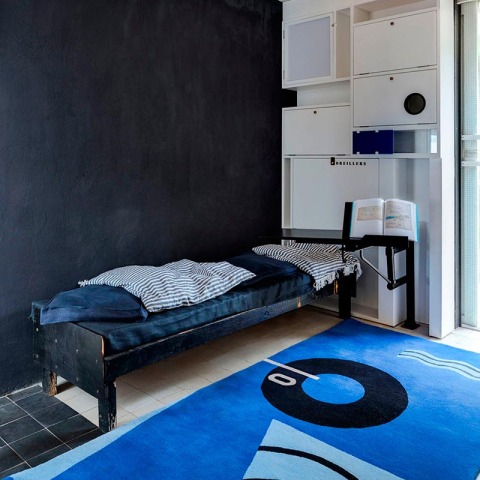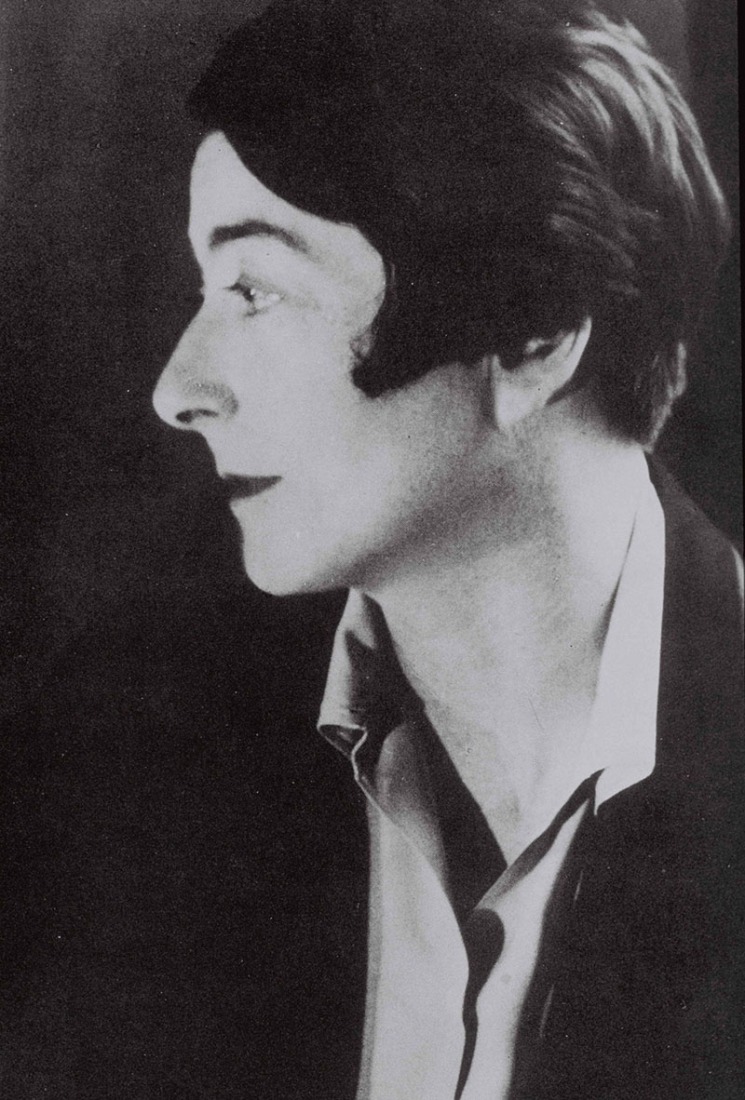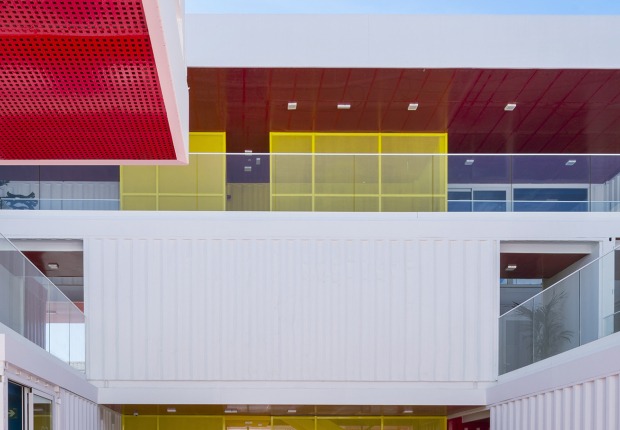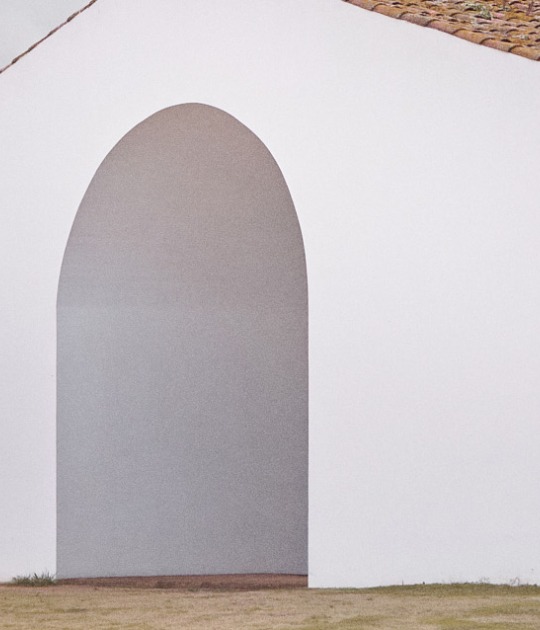Eileen Gray’s work found itself at the heart of modernism - a movement she actually helped to define - and garnered praise from her peers, most notably the French architect Le Corbusier. By 1923, Gray decided to concentrate on architecture, coaxed by the Romanian-born and Paris-based architect and architecture critic, Jean Badovici. In 1924, they worked on the construction of her much acclaimed Roquebrune-Cap-Martin located E1027 house, a masterpiece for which she designed the furnishings, including the famous adjustable circular glass table and Bibendum armchair.
''Gray Matters'' is the narrative of one incredible woman’s journey.
Gray’s legacy spans eight decades of creative output, her achievements in drawing, design, architecture, furniture-making and lacquer, amongst others, representing a veritable tour de force. With that said however, sadly Gray lived many years of her life in seclusion, as she was shamefully forgotten and excluded by the worlds of architecture and design (including Le Corbusier’s repugnant silence about Gray creating E1027, leading to a misattribution of credit for the villa).
It wasn’t until 1968, when her career came to light through an article published in Domus magazine by the renowned architectural historian and critic Joseph Rykwert, that Eileen Gray once again became a prominent figure. In the early 1970s, Gray then went on to work with Zeev Aram, the owner of Aram, a distinguished anchor of the London design scene, to bring a number of her archive designs back into production; in 1973, Aram was granted worldwide rights by Eileen Gray to manufacture and distribute her designs.
This modernist villa on the Côte d’Azur, designed by Irish architect Eileen Gray, has witnessed wartime shootings, murder and vandalism by Le Corbusier. Now, at last, it has been brought back to life.
Le Corbusier was outraged that a woman could have made such a significant work in a style he considered his own.
Today, Eileen Gray’s star shines brightly. Over this year, first was at 2014 Architecture & Design Film Festival in New York City, with a world premiere of the film Gray Matters on October 2014 and now one week ago on RTÉ One in Ireland.
The documentary was directed by Marco Orsini, this is an exemplary and engaging film about the story of a woman, an oft disregarded design heroine and one of the 20th century’s most prominent and pivotal modernist designers. Gray Matters strives to uncover and explain the enigma surrounding Eileen Gray, charting much of her artistic life journey - from ''early triumphs'' through to ''middle-aged obscurity'' and her ''re-discovery and acclaim''.
The film talks with those who knew her personally (including Joseph Rykwert and Zeev Aram) and those who have dedicated themselves to understanding her life’s work. Gray’s architectural triumph, the now restored E1027 villa, also plays a central role in the film. Gray Matters documents the journey of a private and complex woman and the aesthetic drama that marked much of her life. An icon. An innovator. An initiator. Eileen Gray’s story is one that truly does matter.
Gray Matters is narrated by director Mary McGuckian, whose forthcoming film, The Price of Desire (stars Orla Brady, Vincent Perez, Francesco Scianna and Alanis Morissette), charts Gray’s conflicted relationships with Jean Badovici and Le Corbusier relative to her masterpiece, the Villa E1027.































